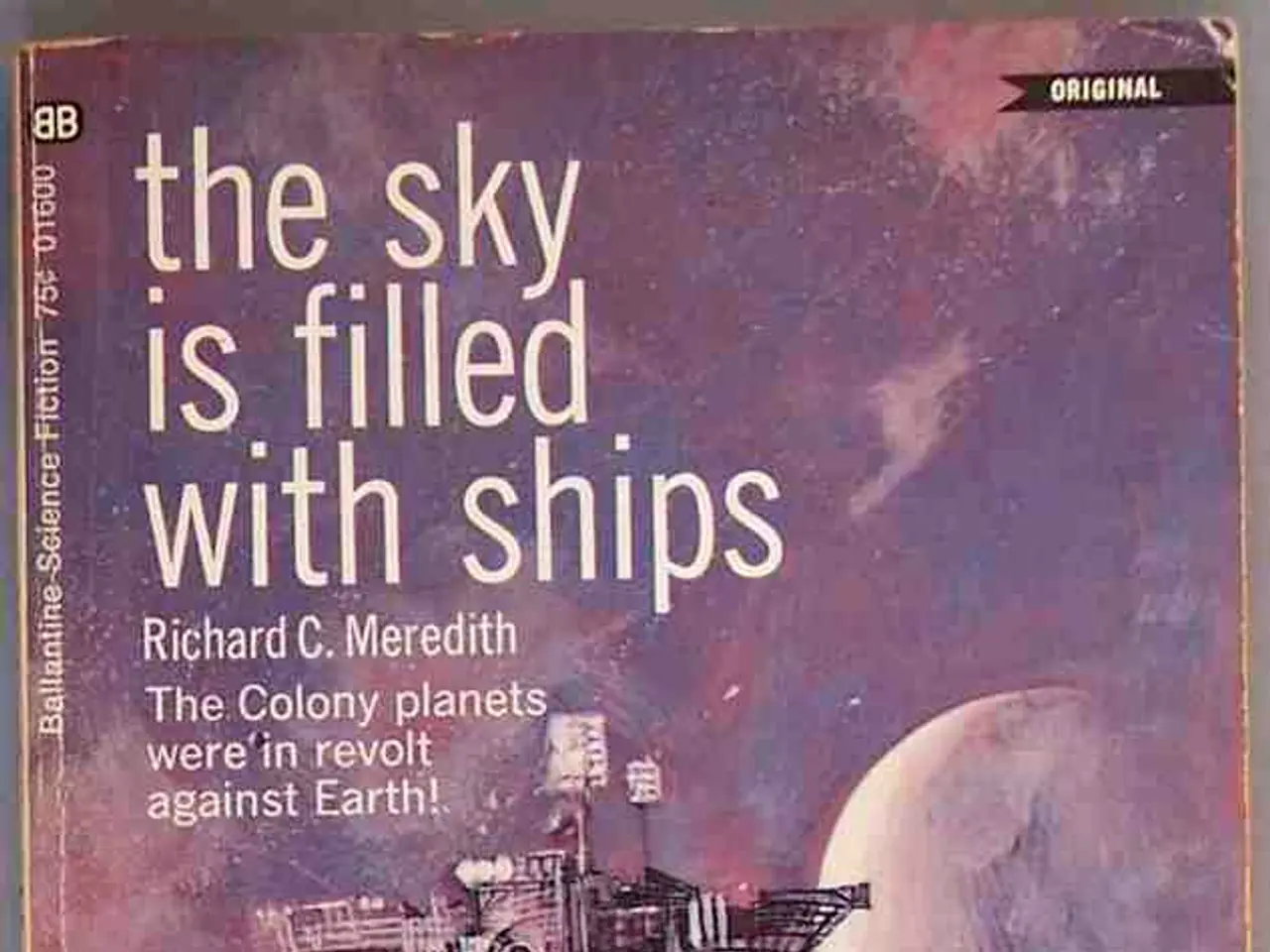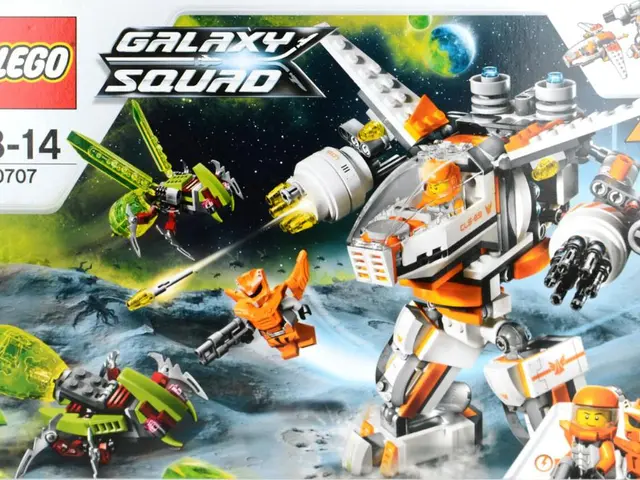Unforeseen Facts Regarding Cosmic Debris in Space
In the vast expanse of our cosmos, a silent threat looms—space junk. This menace, composed of defunct satellites, spent rocket stages, and fragments from previous missions, poses a significant challenge to space exploration today.
The European Space Agency's ClearSpace-1 mission aims to combat this issue head-on, employing a robotic spacecraft to capture and deorbit a piece of debris. However, the problem of space junk extends far beyond the general knowledge about debris size and tracking.
One lesser-known aspect is the critical orbital density "hotspots." Certain zones, especially between 500 and 1000 km altitude, are far denser with debris, increasing collision risks and complicating satellite operations.
Another overlooked issue is the complexities in space traffic governance. As the commercial satellite industry experiences unprecedented growth, there is a growing need for coordinated international rules and data sharing to prevent collisions and reduce debris generation. However, current guidelines are outdated and non-binding, not accounting for mega-constellation satellites and increased launch rates in the New Space Age.
Collisions in space create even more debris, with notable examples including the 2009 collision between an inactive Russian satellite and an operational American communications satellite. This underlines the importance of choosing safer orbital paths and designing spacecraft with end-of-life disposal plans.
Space junk also interferes with ground-based astronomical observations by creating streaks in telescope images. Some pieces of space debris eventually fall back to Earth, with larger debris surviving re-entry, such as fragments of Skylab in 1979 and uncontrolled re-entries of Chinese Long March rockets.
Microscopic particles of paint, metal fragments, or frozen fuel in space can erode the surfaces of spacecraft over time. Abandoned tools and other unusual objects, such as wrenches, gloves, and a spatula, contribute to the problem.
Space weather, a topic often associated with solar flares and cosmic rays, also plays a role in the life cycle of space junk. Ten surprising facts about space weather were highlighted in a recent article.
Determining liability when space debris causes damage can be complicated due to the challenge of tracking the origins of specific debris and disagreements among countries on aspects of responsibility and financial compensation.
The Dawn of a New Space Era is being ushered in by SpaceX's Starship. The commercial satellite industry dominates the global space economy, and satellites and the International Space Station (ISS) are often maneuvered to avoid collisions with space debris.
From the mysterious objects like the purported “Black Knight Satellite,” which some claim to be ancient alien relics but are more likely to be space debris or forgotten satellites, to the cultural myths intertwined with real space junk challenges, the topic of space junk is as fascinating as it is complex. As we continue to push the boundaries of space exploration, addressing the issue of space junk will be crucial to ensuring the safety and success of future missions.
References:
[1] European Space Agency. (n.d.). ClearSpace-1. Retrieved March 14, 2023, from https://www.esa.int/Applications/Operations/ClearSpace-1
[2] European Space Agency. (n.d.). Space debris. Retrieved March 14, 2023, from https://www.esa.int/Science_Exploration/Space_Science/Space_debris
[3] European Space Agency. (n.d.). Space Traffic Management. Retrieved March 14, 2023, from https://www.esa.int/Applications/Operations/Space_Traffic_Management
[4] European Space Agency. (n.d.). Manned Mars missions. Retrieved March 14, 2023, from https://www.esa.int/Applications/Space_Exploration/Manned_Mars_missions
[5] European Space Agency. (n.d.). Black Knight Satellite. Retrieved March 14, 2023, from https://www.esa.int/Science_Exploration/Space_Science/Black_Knight_Satellite
- The European Space Agency's ClearSpace-1 mission employs a robotic spacecraft to tackle the issue of space junk, with a focus on capturing and deorbiting a piece of debris.
- Additionally, the issue of space junk extends beyond just debris size and tracking, as critical orbital density "hotspots," especially between 500 and 1000 km altitude, pose increased collision risks and complicate satellite operations.
- As the commercial satellite industry grows rapidly in the New Space Age, there's a pressing need for international coordination in space traffic governance to prevent collisions, reduce debris generation, and account for mega-constellation satellites and increased launch rates.




